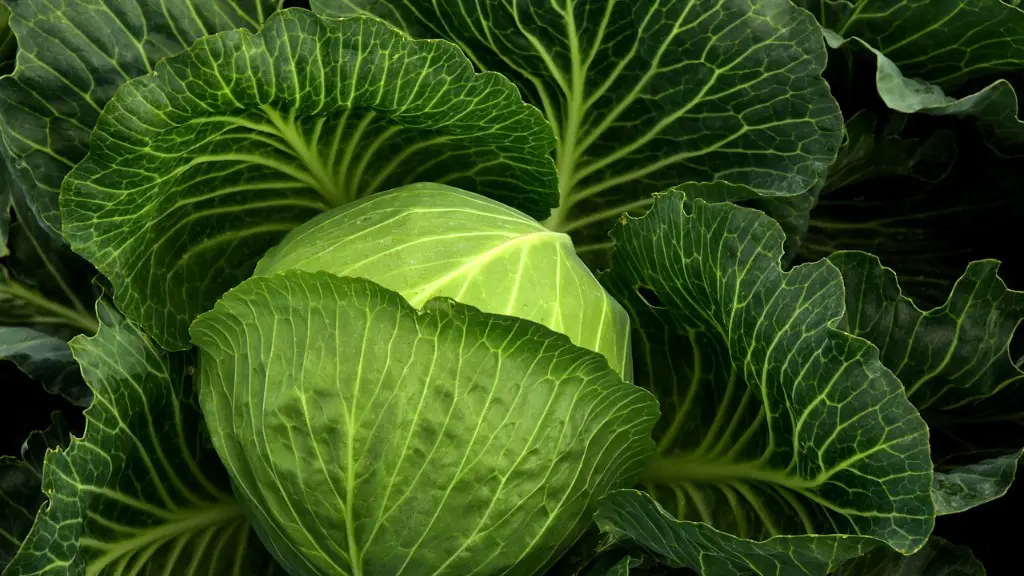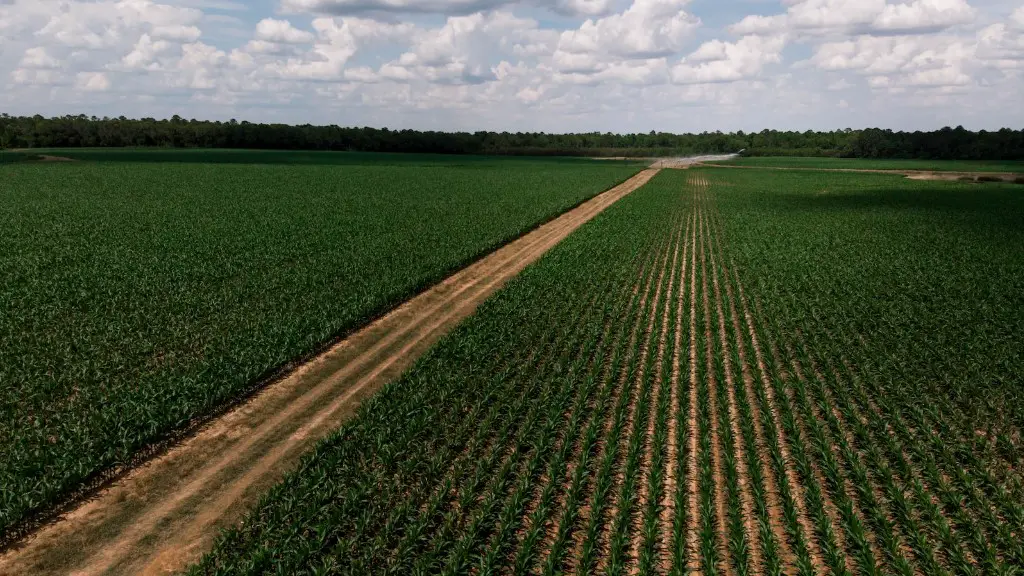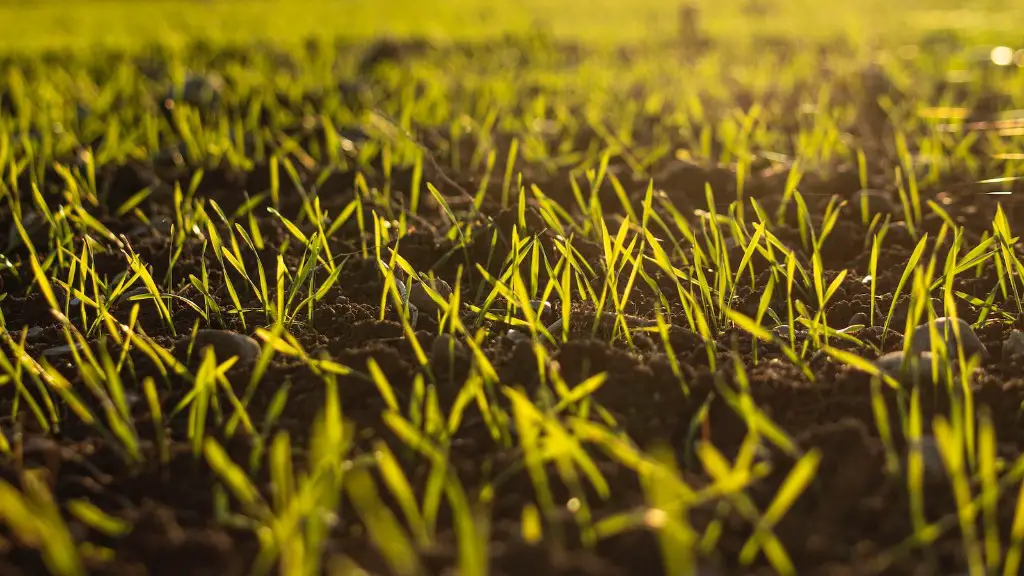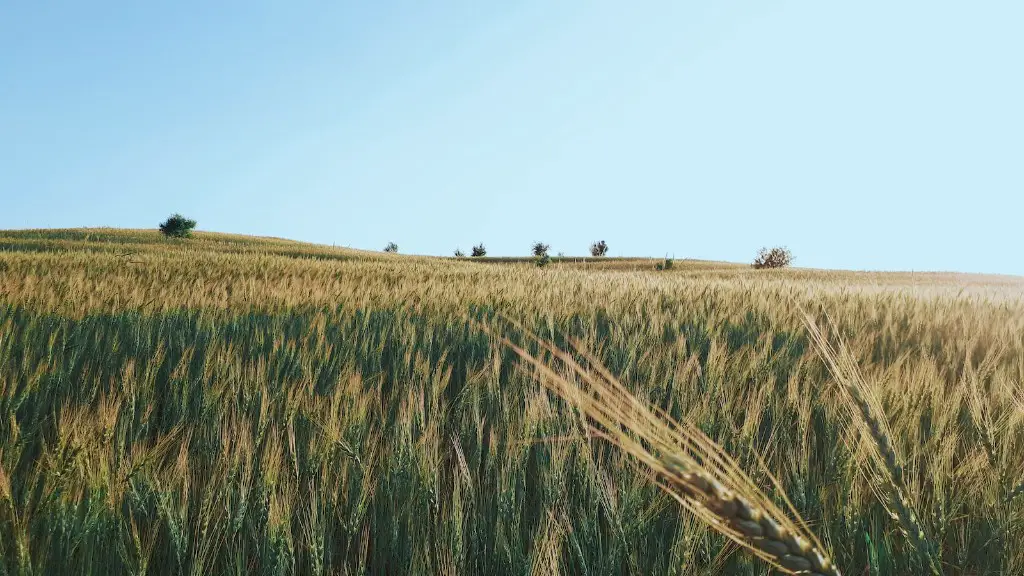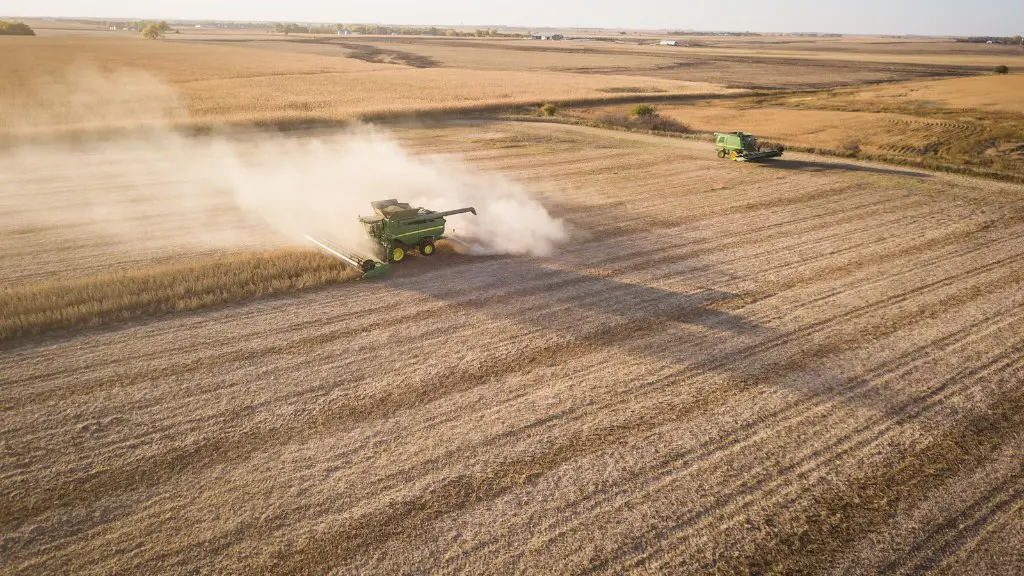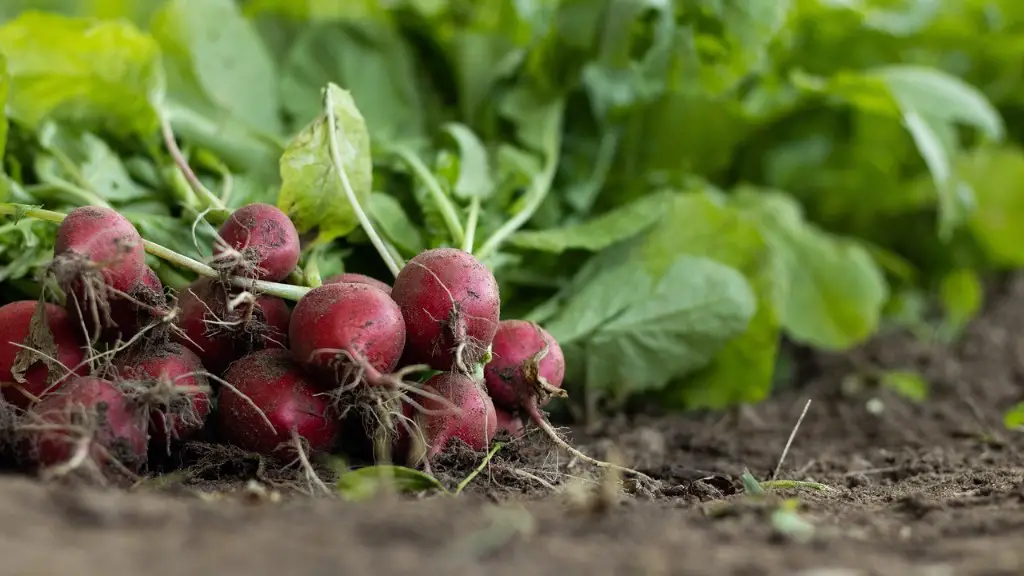Agriculture loans are widely available in the market, with a number of different sources offering loans tailored to farmers’ specific needs. To get the best loan, it is important to have an understanding of one’s needs and the types of loans available. This article outlines the key criteria for getting an agricultural loan and the types of loans available.
For starters, it’s important to understand the purpose of an agricultural loan. Loans are typically used to finance large projects, such as the purchase of machinery and implements, or the installation of irrigation systems. Additionally, an agricultural loan might also be used to finance livestock and seed, marketing and credit, land acquisition, and operating expenses. Knowing what your loan is for will help you determine the best loan for your situation.
To qualify for an agricultural loan, you’ll need to meet certain financial criteria. This includes a credit score of at least 640, two years’ worth of tax returns, and other financial documents. Additionally, you’ll need to provide detail on the purpose of the loan. Banks and other lenders will want to understand the risk they are taking when they provide you with a loan.
When it comes to choosing a lender, it’s important to compare various lenders’ loan terms and interest rates. You may also want to consider the lender’s customer service and the length of time they take to process loans. Additionally, some lenders offer additional benefits, such as lower rates for certain loan products and customer loyalty discounts.
In addition to considering a loan’s terms and interest rates, it’s important to also think about loan repayment methods. Most lenders offer a variety of repayment options, such as monthly or annual payments. You should also consider flexible repayment options, such as the ability to make early or extended payments, or a line of credit for when additional funds may be needed.
Finally, you should also consider the costs associated with an agricultural loan. This includes fees for the paperwork and processing of the loan, as well as closing costs. Additionally, some lenders may charge origination fees or other miscellaneous costs. Understanding the cost of the loan will help you make an informed decision when applying for an agricultural loan.
Understanding Different Loan Types
Once you’ve evaluated your needs and determine the type of loan that best fits your requirements, the next step is to decide on the loan type. The most common loans offered to farmers are the traditional loan, the lines of credit, the operating loans, and the business loan. Each loan type has its own purpose, and it’s important to understand the different services available.
The traditional loan is a great option for farmers looking to purchase new equipment. Most traditional loans feature long repayment schedules, low interest rates, and no minimum credit history requirement. Additionally, these loans often can provide funding in the short term, making them ideal for covering the cost of large purchases and equipment.
Similar to traditional loans, lines of credit offer farmers an extended line of credit for purchasing or installing equipment. This type of loan provides a more flexible approach to obtaining a loan, and typically does not require a large down payment. Lines of credit also often feature lower interest rates than traditional loans and offer more flexibility when making payments.
Operating loans are available to finance a farmer’s operating costs, such as seed and fertiliser, animal feed, and other operational expenses. These loans are ideal for covering the cost of day-to-day operating expenses, and typically feature lower interest rates and flexible repayment terms.
Lastly, the business loan is a loan specifically designed to finance a farmers’ business activities, such as the purchase of land, buildings, livestock, equipment, or other related costs. These loans typically have lower interest rates and long repayment terms, making them ideal for long-term business investments.
Considerations for Choosing a Loan Provider
Once you have determined the type of loan that best fits your needs, the next step is to choose the lender. When selecting a lender, it’s important to consider the lender’s customer service and processing time. Additionally, it’s important to compare interest rates and fees offered by different lenders.
Most lenders offer online loan applications and can give you a decision in as little as 24 hours. It’s important to compare lenders’ processing speeds and customer service ratings to ensure you are getting the best loan for your needs. Additionally, some lenders offer additional services and benefits, such as discounts for loyalty or specific loan products.
Once you’ve received a loan offer, it’s important to thoroughly read through the loan agreement. You should pay close attention to the interest rate, repayment terms and fees associated with the loan to make sure you understand all of the costs associated with the loan. Additionally, you should inquire about any potential prepayment penalties or late payment fees, as these can increase the overall cost of the loan.
Finally, it’s important to make sure you are aware of any exclusions in the loan agreement. Many lenders have specific requirements for the use of the loan and may not allow the use of the funds for certain activities, such as purchasing land or investing in securities.
Figuring Out Your Agriculture Loan Requirements
It is also important to consider your own requirements when applying for an agricultural loan. Understanding your needs can help you more accurately assess your loan options and ensure you are getting the best possible loan.
For starters, consider your project’s scope and timeline. Knowing the length of time and scope of the loan will help you determine which type of loan and repayment plan is best for your needs. You should also consider your project’s risk and the amount of capital you need to finance the project.
Additionally, some lenders may require additional documentation or collateral. This could include items such as copies of contracts or lease agreements, or proof of ownership or title to a vehicle or other asset. Knowing what documentation or collateral you need to have ready can help you get your loan approved more quickly.
Another important factor to consider is the repayment terms. Depending on the lender and the loan product, repayment terms can vary considerably. It is important to know the repayment terms of your loan before signing on the dotted line, as they will affect your total cost.
Finally, understanding the tax implications of seeking an agricultural loan may help you determine the best loan product. Depending on your country’s tax laws, you may be able to deduct the interest paid on an agricultural loan. This can help lower the overall cost of the loan and make repaying it more manageable in the long run.
Benefits of an Agriculture Loan
Getting an agricultural loan can provide a number of benefits to farmers. With long repayment terms, low interest rates, and flexible repayment options, agricultural loans can be a great way to finance a large project or purchase. Additionally, some lenders may offer additional benefits, such as discounts for loyal customers or specific loan products.
Additionally, by taking out an agricultural loan, you may be able to deduct the interest you paid on the loan from your taxes. This can help to make the loan more affordable and the monthly payments easier to manage. Additionally, it can help to reduce the overall cost of the loan.
Lastly, agricultural loans may help you to improve your credit score. As you make payments on time, your credit score will improve, which may open up additional financing opportunities in the future. Additionally, it will also increase your chances of qualifying for other loan products.
Risks of an Agriculture Loan
It’s important to understand the risks associated with obtaining an agricultural loan. Most loans come with fees and costs, such as origination fees, processing costs and closing costs. Additionally, some lenders may have prepayment penalties or additional fees for late payments.
It’s also important to understand the repayment terms of the loan. Making late payments or missing payments altogether can result in additional fees and could damage your credit score. Additionally, repaying the loan for a longer period of time means paying more in total interest and fees.
Finally, if you don’t use the loan for the agreed purpose, you may be required to pay a penalty or take out a more expensive loan. It’s important to read the loan agreement and understand any restrictions on the use of the funds prior to signing.
Tips to Consider When Applying for an Agriculture Loan
Finally, once you’ve determined that an agricultural loan is the right option for your project, there are some tips to consider when preparing your loan application. First and foremost, it’s important to determine the purpose of the loan and decide on the type of loan that best fits your needs.
Additionally, you should also compare various lenders’ loan terms, fees, and customer service to get the best deal. You should also inquire about potential prepayment penalties, as well as any potential benefits or additional services offered.
Moreover, it’s important to review your financial documents and have them ready for the application. This usually includes two years’ worth of tax returns, financial statement, and credit report. Additionally, you should estimate the total cost of the loan and consider any additional taxes or costs associated with the loan.
Finally, you should understand the repayment terms of the loan, including the interest rate and repayment schedule. Additionally, if you are considering refinancing an existing loan, you should compare the new loan’s interest rate to the existing loan’s rate. This will help you determine if refinancing is the right option for you.
